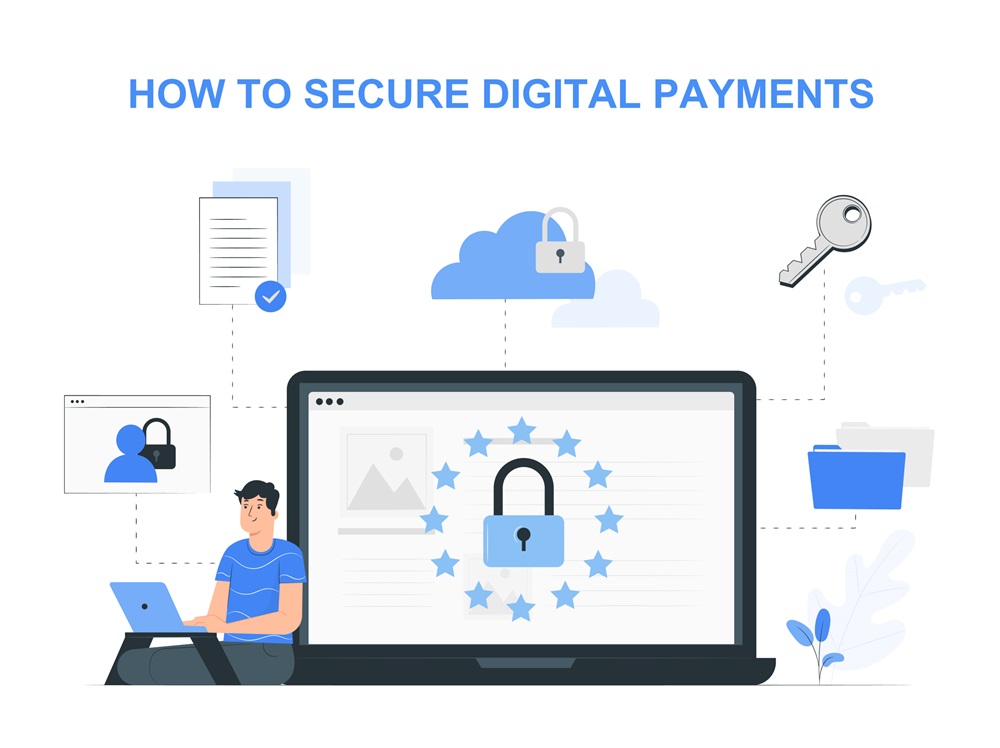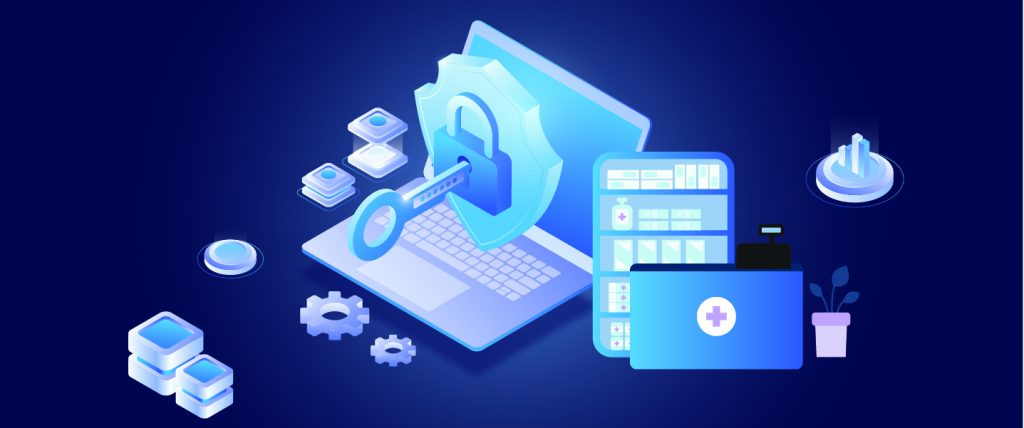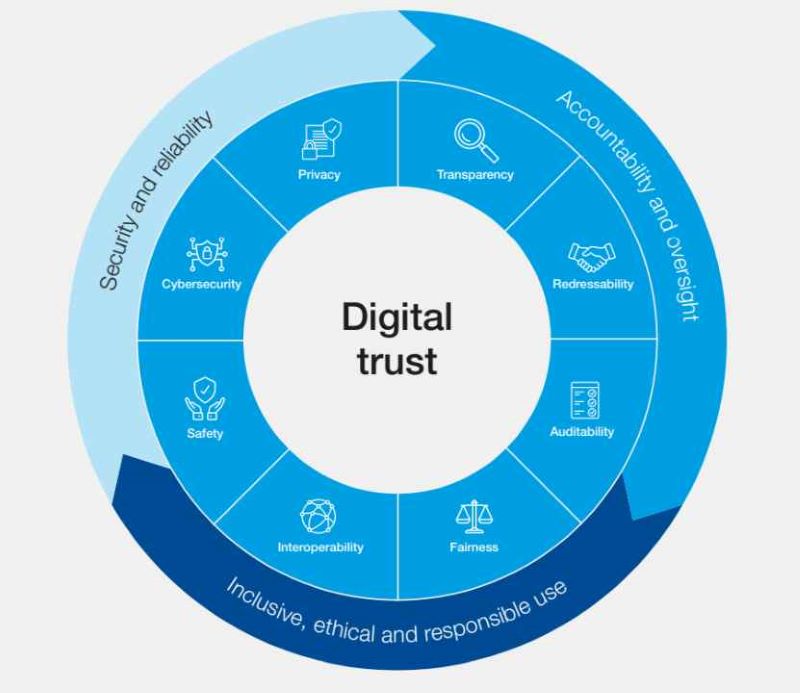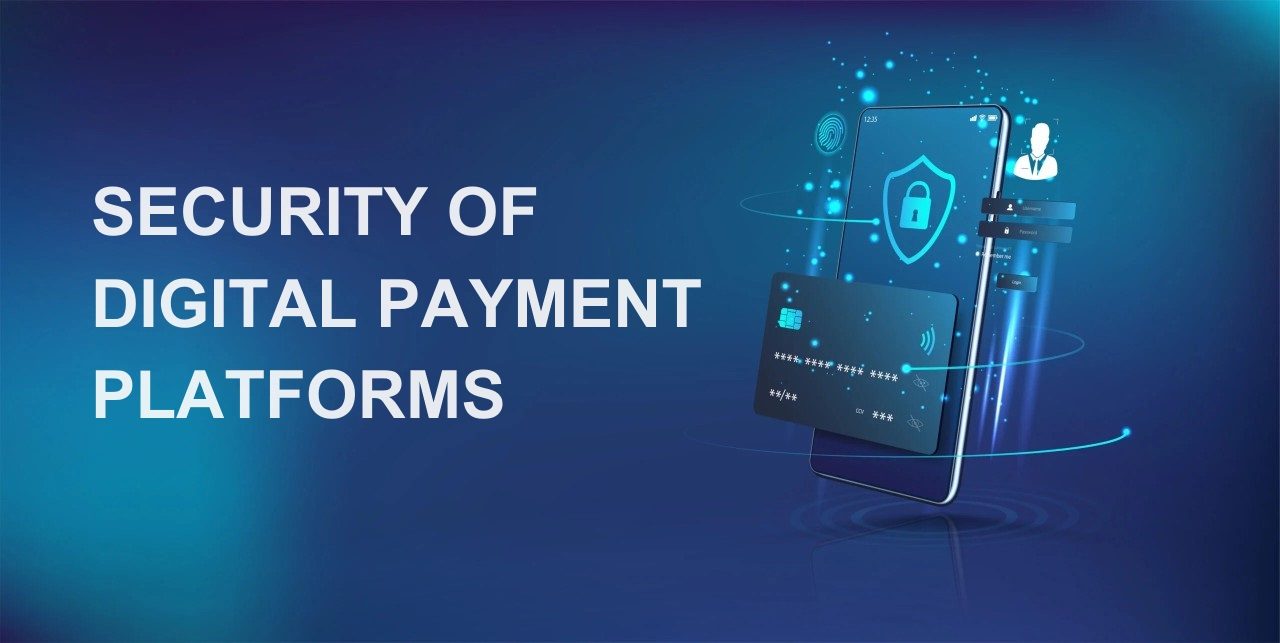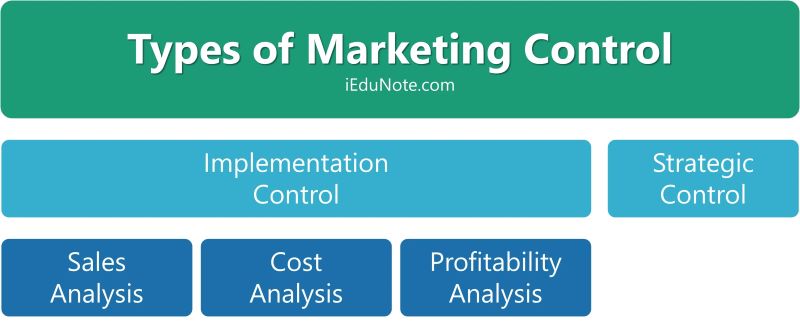In a world where money moves with a click, knowing how to secure digital payments is as vital as locking your doors at night. It’s not just a need; it’s a must to keep your hard-earned cash safe. Thieves are on the prowl, but I’m here with pro tips to make your digital money moves foolproof. Stick with me, and let’s turn your transactions into Fort Knox. From payment fundamentals to advanced tech tactics, I’ll guide you through a security boot camp that leaves scammers defeated. Get ready to buckle up and enter the no-fraud zone!
Understanding the Fundamentals of Payment Security
The Role of PCI Compliance and Data Encryption
When you shop or sell online, keeping money safe is key. Did you know businesses must follow certain rules to protect your card details? This is called PCI compliance. It’s like a guard that makes sure your card info stays safe during a sale.
These rules are strict. They make sure your data gets scrambled, so hackers can’t read it. Scrambling is known as encryption. Think of it like a secret code that only the seller and your bank can read. This code protects your data while it moves from place to place on the internet.
To meet PCI standards, stores use tools and methods that check their safety measures. They work hard to find and fix any weak spots. This keeps your info away from thieves. Stores that do not follow these rules can get in big trouble. They can be fined or even stopped from selling things.
Keeping your payment data safe is like locking your doors at night. It makes sure no one you don’t know can get in.
Recognizing the Importance of Secure Payment Gateways
Have you ever thought about what happens when you check out online? Your payment goes through a secure payment gateway. This is like a checkpoint for your money. It checks if everything is good before sending your money to the store.
Secure gateways use special tech to watch over your payment. They make sure it’s you buying, not some trickster. They look out for unusual activity and alert the store if something seems odd.
These gateways are built to fight off fraud. They spot signs that could mean trouble, like many big buys at once. They also use tech like virtual keys to keep your money safe on its trip to the store.
They make sure stores follow the best safety methods. This includes updating their tools and staying sharp on new threats.
When you buy something, choosing safe ways to pay is smart. It’s like wearing a seat belt in a car. Secure gateways are there to protect your buy, just like a seat belt keeps you safe on the road.
Remember, your payment safety is top priority. Whether selling or buying, we all must do our part. Be like a wise squirrel, always hiding its nuts well. Keep your money safe with smart safety steps every time you shop.
Implementing Advanced Security Measures
Setting Up Two-Factor Authentication and Biometric Verification
For anyone serious about safeguarding online transactions, two-factor authentication (2FA) is key. With 2FA, you need two proofs of identity before accessing accounts. This might mean a password and a code sent to your phone. It adds an extra step, but it sure beats getting hacked.
Now, let’s chat about biometric verification. Think fingerprints and facial recognition — stuff that’s unique to you. No more stress about forgetting a password because your face or finger is the key! By using biometrics, even if a thief knows your password, they can’t mimic your unique features. It’s great for digital wallet protection and mobile payment app security.
Utilizing Tokenization and EMV Technology
Tokenization is a fancy word, but its job is simple: it keeps your payment details hidden. When you buy something, tokenization turns your info into a unique code. This code is useless to thieves because it can’t be traced back to your card. This secures your data during e-commerce transactions and prevents credit card fraud.
Ever noticed that little chip on your card? That’s EMV technology at work. Instead of swiping, you insert your card, which talks to the reader with a one-time code. This helps fight fraud for in-person buys. With EMV chips, every time you pay, the card creates a new code. This makes it really hard for bad guys to clone your card.
These tech tips are like a safety net for your cash. By setting up 2FA, using biometrics, making the most of tokenization, and embracing EMV tech, you make it tough for cyber crooks. Keep in mind that while no system is 100%, these steps are huge in fraud prevention in e-payments and cyber safety in digital payments.
Remember friends, security is priceless but doesn’t have to be costly or complicated. With these pro tips, you’re ready to kick your payment security up a notch. Stay smart, stay safe, and keep your hard-earned money out of the wrong hands.
Safeguarding Your Digital Wallet and Mobile Payments
Adopting a Multi-Layered Security Approach
To keep your digital wallet safe, mix different safety steps. Like a good stew, each layer adds more flavor or, in this case, more security to your digital payments. First, always use a secure payment gateway. Think of it as a trusty lock on your virtual cashbox. These gateways check your data’s safety before a transaction goes through.
Next up is two-factor authentication, or 2FA for short. This is when you use two ways to prove it’s really you – like a password and a text message code. It’s like having both a lock and an alarm on your door.
For those who want even tighter security, biometric verification is your friend. This could be your fingerprint, or even your face. It’s like having a guard who knows you and only lets you in.
Let’s not forget about encryption. This scrambles your card details into a secret code as they travel through the web. Imagine sending a spy message that only the right person can read. That’s what encryption does for your card numbers.
Finally, stay aware of the risks, like someone trying to trick you into giving away your info (phishing). Always check that you’re on a real, secure checkout page with SSL certificates. They work like a seal of approval for websites, showing that they’re safe to use.
Navigating Cyber Safety in Digital Wallet Protection
Now, let’s talk about how you walk through the digital wallet safety jungle. Your first tool is awareness. It’s like having a map in the wild. Know the path of your data and the dangers of credit card fraud. Be on the lookout for strange emails or messages – those could be traps set by scammers.
For mobile payment app security, regularly update your app. This is like keeping your gear sharp and ready. Updates fix holes in security that could let thieves sneak in.
Keep your card details off your phone by using tokenization. This gives your real card number a disguise so it’s not as easy to steal. Think of it as giving your card a superhero costume every time you shop.
And let’s not overlook the need for solid online banking security measures. As you check your accounts, ensure you’re on a safe network – maybe even use a VPN for that extra shield.
In handling contactless payments or NFC transactions, understand the risks. These are super handy but can also invite sneaky thieves. Always keep your devices and cards close, and be aware of your surroundings.
Remember, each step you take builds up your defense. It’s like layering on armor. When you combine these tips, you’re setting up a fortress around your money. And while no fort is ever totally unbeatable, you’re making it really, really hard for the bad guys to get in. Keep these tools sharp, and you’ll stay a step ahead in this fast-moving world of digital dough.
Staying Informed to Prevent Payment Fraud
Educating on Phishing Attacks and Secure Online Shopping Practices
You must stay sharp to keep your money safe. First, know how scams work. For example, phishing attacks. These are fake messages that trick you. They look real but aim to steal your info. Always check who is really sending you emails or texts.
Never click on strange links. They can lead to fake sites. These sites may look like the real deal. But they are traps to grab your data. Instead, type the website address you know. This small step is a big leap for payment security.
When you shop online, make sure the checkout is secure. Look for the lock icon next to the web address. It means the site uses SSL certificates. They make your payment data hard to grab for thieves. Also, shops should show you they keep to PCI rules. This shows that they guard your card info well.
What about new tech? NFC transactions are cool and quick. But they can have risks. To be safe, use your phone’s secure features. Things like locking it with your fingerprint. That way, if it gets lost, no one can tap to pay with your cash.
Keeping Abreast of Online Payment Regulations and PSD2 Standards
Laws change, and so do ways to protect money online. PSD2 is a big law. It changes how banks and companies handle payment services in Europe. It’s good to know, even if you’re not there. Many ideas in it, like strong customer checks, are used all over.
What do these standards do? They make it a must for banks to double-check who you are. They use things like two-factor authentication. You might get a code on your phone when you try to pay. You use this with your password. So, even if someone has your password, they need your phone too.
Another part of PSD2 is about opening up banking. It lets you use different services securely for your finance needs. It’s all about control and choice for you but keeping high security a must.
Remember, keeping your money safe is like a puzzle. You need to fit all pieces together. That means knowing tricks like phishing. Shopping safe online. And staying up-to-date with rules that protect you.
Stay informed. Stay secure. And keep enjoying the perks of digital payments without fear.
In this post, we dug into how to keep payments safe. We talked about PCI rules, data scrambling, and trusted payment spots. Then, we moved to extra steps like two-step checks and smart ways to keep card info safe. Keeping digital money under lock is key, so we showed how to layer security and fight off cyber threats. Finally, we hit on staying sharp about scams and staying up to date with web pay rules. I’ll say it straight: safety in paying online is huge. It’s a mix of smart tech and being on the ball. By using these tools and tips, you can shop and pay online with peace of mind. Just make sure to stay alert and informed. Keep your money safe – it’s in your hands!
Q&A :
How can I protect my digital transactions from fraud?
Implementing robust security measures is crucial for protecting your digital payments. Ensure that your devices are equipped with the latest antivirus software, firewalls, and encryption tools. Always use strong, unique passwords for different accounts and consider using multi-factor authentication. Be vigilant about phishing scams, and never share sensitive information like PINs or passwords. Regularly monitor your accounts for any unauthorized transactions.
What are the best practices for digital payment security?
Maintaining digital payment security involves several best practices. Always use secure connections and avoid public Wi-Fi when making transactions. Choose payment services with a strong reputation for security. Keep your software and apps updated to the latest versions to patch any security vulnerabilities. Educate yourself on the common tactics used by cybercriminals and stay informed about the latest security threats.
Are there specific security measures for mobile payment apps?
Yes, securing mobile payment apps demands specific measures. Always download apps from trusted sources such as official app stores. Use built-in security features like biometric authentication (fingerprint or facial recognition) and set up a PIN or password for additional layers of protection. Enable remote wipe capabilities in case your device is lost or stolen. Also, check the app’s privacy settings to control what data is shared and with whom.
What to do if I suspect my digital payment information has been compromised?
If you suspect a compromise, act immediately. Contact your bank or payment service provider to report the issue and request to freeze or cancel any affected cards or accounts. Change the passwords to your accounts and monitor your financial statements closely for unusual activity. Consider setting up fraud alerts with credit bureaus. Finally, report the incident to appropriate authorities to assist with investigations and to help prevent further fraud.
How important is it to update payment software for security purposes?
Updating payment software is essential for maintaining security. Software developers regularly release updates to fix security vulnerabilities that could be exploited by hackers. By keeping your payment software up-to-date, you ensure that you have the latest security enhancements and bug fixes, thus reducing the risk of a security breach. Remember to enable automatic updates where available for convenience and ensure continuous protection.

